Tiny Houses In Urban Context
Tiny Houses in Urban Context
I’ve seen a lot of really great tiny home designs, and I’ve seen a lot of love from other people for those designs as well. They combine a small space, perfect for one or two people, that usually only apartment buildings design for, with the benefits of having a detached home, with a yard, and windows on all sides for more natural light.
What I don’t see is a whole lot of context, least of all in an urban neighborhood environment. These houses are often pictured in an open grassy, or forested space, which is nice for some people I’m sure, but there are lots of people who would prefer to live in a city, in pedestrian and transit friendly areas, rather than in the middle of nowhere, where you’d have to use a car to get everywhere.
There already exists an urban context for tiny homes, but due to restrictive zoning, it’s not commonplace in most cities in the U.S.
They’re called Bungalow Courts, or sometimes Cottage Courts, and basically it’s where you take two adjacent lots, and rather than having one large single-family-house per lot, you have around 3 or so tiny houses per lot, all facing a shared space in the center.

All this takes up the same space as two city lots, which are usually zoned to only allow one house per lot. But not everyone wants, or can afford a large house, so Bungalow Courts would be a perfect fit in a lot of neighborhoods that currently lack a lot of housing diversity for a range of wants and needs.



Anyway, I just thought I’d share, because I think this a really neat concept that should be allowed more places. I’d think I’d like to live in a Bungalow Court; I like the idea of having a house to myself, but I don’t need much space, and I don’t want a huge yard to maintain.
In order to make this legal to build out, zoning would need to be changed to allow 3-4 units of housing to be built on lots currently restricted to only 1 unit of housing. A big contributing factor to rising housing costs has been the over-favoring of single-family houses on large lots since the end of WWII, so not enough units of housing are being built in many cities to keep up with demand.
Legalizing more “missing middle housing” like Bungalow Courts in single-family-house-neighborhoods would help cities incrementally keep up with demand, in a way that fits nicely into existing neighborhoods.
More Posts from Green-notebooks and Others
This Week @ NASA--April 14, 2017
Cassini and the Hubble Space Telescope, two of our long-running missions, are providing new details about the ocean-bearing moons of Jupiter and Saturn. Hubble’s monitoring of plume activity on Europa and Cassini’s long-term investigation of Enceladus are laying the groundwork for our Europa Clipper mission, slated for launch in the 2020s. Also, Shane Kimbrough returns home after 171 days aboard the Space Station, celebrating the first Space Shuttle mission and more!

Ocean Worlds
Our two long-running missions, Cassini and the Hubble Space Telescope, are providing new details about “ocean worlds,” specifically the moons of Jupiter and Saturn.

The details – discussed during our April 13 science briefing – included the announcement by the Cassini mission team that a key ingredient for life has been found in the ocean on Saturn’s moon Enceladus.

Meanwhile, in 2016 Hubble spotted a likely plume erupting from Jupiter’s moon Europa at the same location as one in 2014, reenforcing the notion of liquid water erupting from the moon.

These observations are laying the groundwork for our Europa Clipper mission, planned for launch in the 2020s.

Welcome Home, Shane!
Shane Kimbrough and his Russian colleagues returned home safely after spending 173 days in space during his mission to the International Space Station.

Meet the Next Crew to Launch to the Station
Meanwhile, astronaut Peggy Whitson assumed command of the orbital platform and she and her crew await the next occupants of the station, which is slated to launch April 20.

Student Launch Initiative
We’ve announced the preliminary winner of the 2017 Student Launch Initiative that took place near our Marshall Space Fight Center, The final selection will be announced in May. The students showcased advanced aerospace and engineering skills by launching their respective model rockets to an altitude of one mile, deploying an automated parachute and safely landing them for re-use.

Langley’s New Lab
On April 11, a ground-breaking ceremony took place at our Langley Research Center for the new Systems Measurement Laboratory. The 175,000 square-foot facility will be a world class lab for the research and development of new measurement concepts, technologies and systems that will enable the to meet its missions in space explorations, science and aeronautics.

Yuri’s Night
Space fans celebrated Yuri’s Night on April 12 at the Air and Space Museum and around the world. On April 12, 1961, cosmonaut Yuri Gagrin became the first person to orbit the Earth.

Celebrating the First Space Shuttle Launch
On April 12, 1981, John Young and Bob Crippin launched aboard Space Shuttle Columbia on STS-1 a two-day mission, the first of the Shuttle Program’s 30-year history.

Watch the full episode:
Make sure to follow us on Tumblr for your regular dose of space: http://nasa.tumblr.com
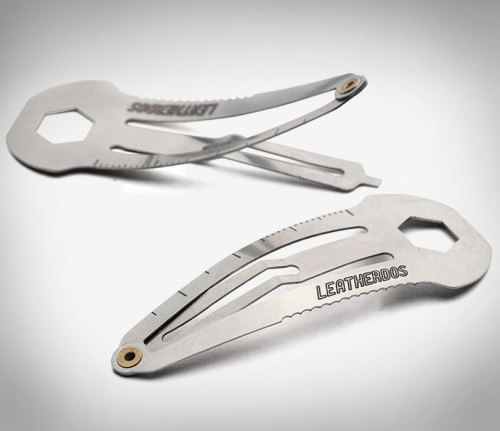
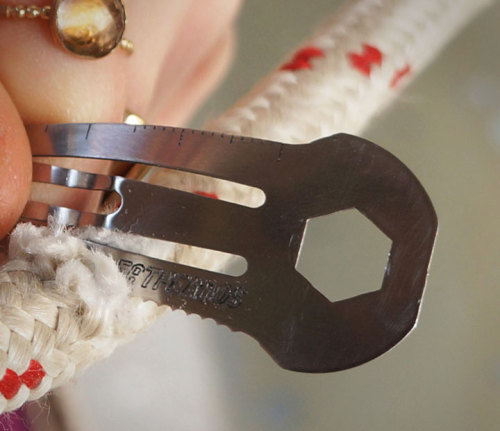
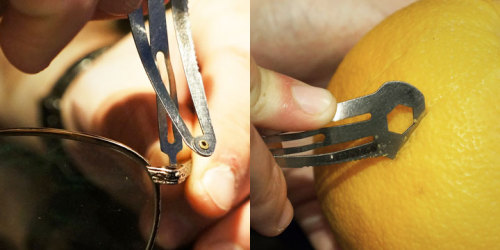
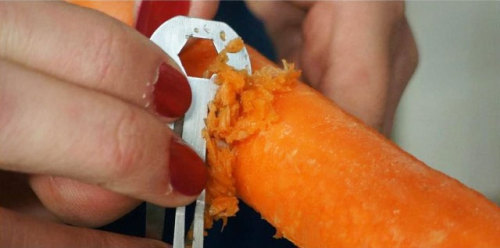
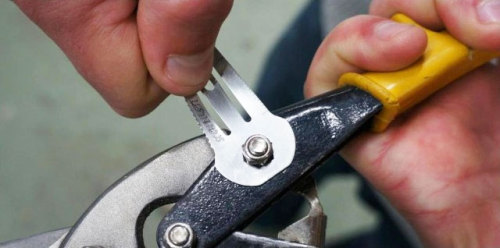
The Leatherdos is a hair clip that doubles as a multi-tool that combines 5 different tools in a tiny hair clip: screw-drivers, a wrench, a trolley coin, a ruler, and a cutting edge.
—->http://odditymall.com/leatherdos-is-a-hair-clip-multi-tool






Source.
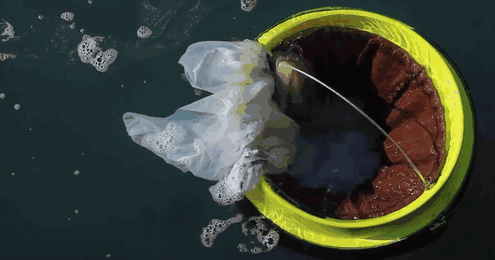
Cleaning the oceans one step at a time
Two Australians created this container that collects plastic, paper, oil, fuel and detergent floating in the ocean. They want to implement it the middle of next year to clean up the sea worldwide. It seems a great idea. The only “but” as always is money, so they are raising funds to get to their goal. You can see their project and donations here.

um guys?
canada is currently considering banning imidacloprid, which is apparently “one of the most widely used bee-killing pesticides in the world”. this seems pretty huge, so if you’ve got two seconds, add your name to the list! as of posting this link, they need just over 8,000 more signatures by february 21!
the ideal of “farms everywhere in every garden!!1!” is a huge selling point of the solarpunk and self-sustainablity communities, especially with farmcore/cottagecore and nature aesthetics being more popular nowadays.
however these posts often overlook a few things
1) we already overproduce food, we don’t need more farms we need better farm and food management.
2) not everyone can farm or wants too. Space, the local environment, disabilities, and lack of interest needs to be acknowledged more. I’m awful with plants no matter how much i love them, and i am certain there are plenty more people who would agree.
3) the idea of farms for everyone and the aesthetic of “everyone having their little plot of land” is not community driven, and sadly comes from a place of colonialism. YES a cute lil cottage with a chicken pen out the back and a garden out the front is cute, but this is not possible for everyone on the planet.
4) NATURAL DIVERSITY IS VERY IMPORTANT. instead of making everyones garden into a food forest, we should aim to grow more native plants and help cultivate the natural environment.
5) not every country is the same, we have our own biodiveristy, and often these posts are *very* american/american based

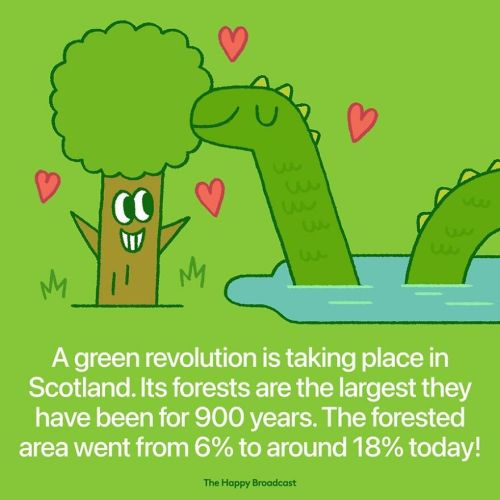
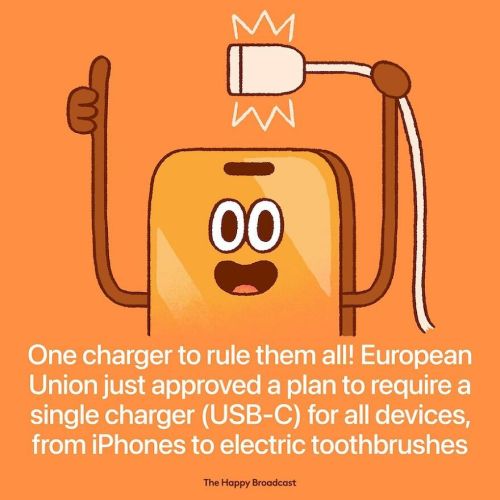
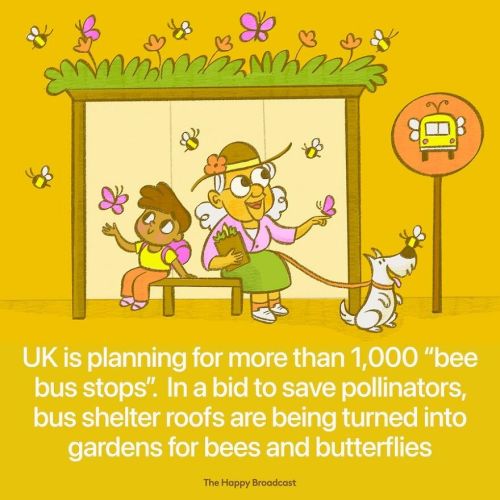
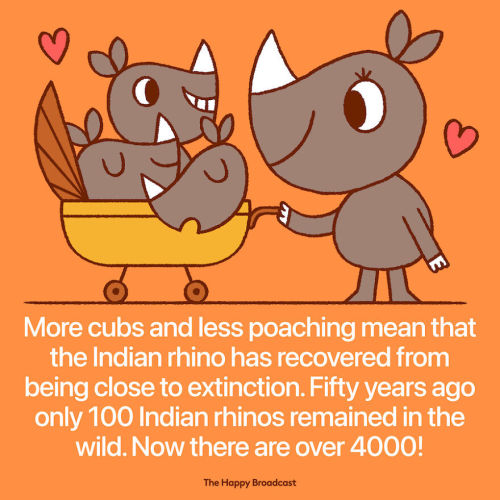

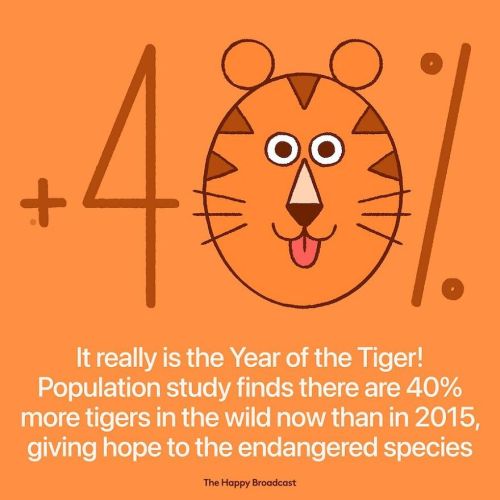

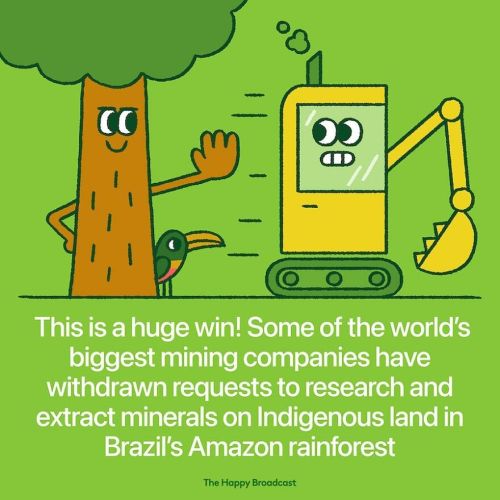
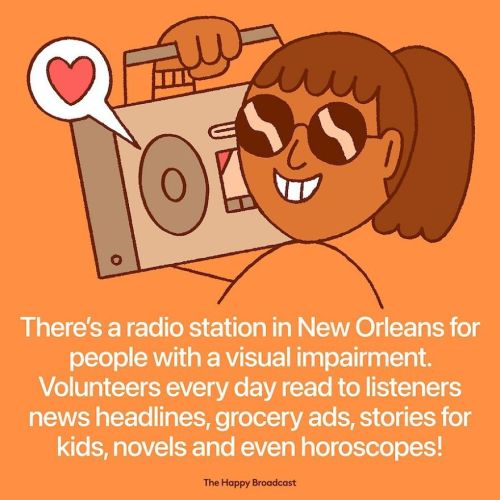









Tons more at the source!
Would you be able to recommend any how-to books on going zero waste? I'm really upset at all the plastic I have to throw out in everyday life (mostly from food packaging, whether restaurant or grocery store) but I'm not sure where to begin in changing it. If there's a book that describes steps to take, that would be very helpful for me. Thank you!
Going zero waste
Realistic goals:
First of all, good on you for wanting to lessen your waste output!
Second of all, while going zero waste is a really noble goal, it's not always feasible, especially in our current economy. That's nothing you should feel guilty over. That's just a fact.
Those pictures of people who can fit a year's worth of trash in one mason jar look great, but it's okay if you can't do that. For example, while I personally try to avoid having to throw out plastic, I'm also very grateful for the fact that plastic allows me to have an emergency asthma inhaler on hand at all times. Another example could be how bulk shopping can help cut back on waste, but might not be feasible due to financial or physical constraints.
That being said, replacing some single-use items is still better than doing nothing at all. Don't let perfectionism stop you!
It's important to set realistic goals. For example: you mentioned you'd like to try and avoid waste from food packaging. If you often eat on the go, you could keeping a set of reusable cutlery in your bag so you don't have to use single-use utensils every time you buy food. You could check if apps like Too Good To Go or imperfect produce boxes are available in your area. Maybe you've got a local farmer's market or a bulk shop or a community garden around. Maybe your supermarket allows you to bring your own produce bags while shopping. You could try looking for brands that use less or recycled packaging if your financial situation allows for that. If you enjoy cooking, you could look into bringing your own food on the go more often, or learn how to freeze or preserve food.
You don't have to do all of these: pick out ideas that seem like a good match for your personal situation. Start with small changes and turn them into habits, rather than going all-out from the start.
Resources:
The one book I often see referred to when it comes to zero waste is "Zero waste home: the ultimate guide to simplifying your life by reducing your waste" by Bea Johnson. I haven't read the entire thing yet, but I've read parts and it's a handy place to start. If your local library doesn't have a copy available, you can borrow a digital version for free on Archive.org.
While not necessarily focused on zero waste, I quite like Marie Kondo's philosophy too. The manga version of her book is an easy read if you want something quick to get started with.
Not books, but Shelbizleee and Sustainably Vegan on YouTube also run interesting zero waste channels.
Take what you personally find useful from resources like these, but don't feel obligated to follow them to the letter. Eco-anxiety can sometimes push us to try things we're not comfortable with or which aren't safe for us, so it's important to remain mindful of your personal boundaries.
I'm sure others can add more book recommendations to this post. :)
The five R's:
One way to get started is to take a look at the five basic zero waste principles.
There are different versions of the zero waste "R" list, but the one cited the most is the five R's of zero waste: refuse, reduce, reuse, recycle, and rot.

(Image source) [ID: an inverted pyramid with five steps, reading from the top to the bottom: "Refuse, reduce, reuse, recycle, rot".]
Refuse: a lot of waste comes from things we don't really need. Will you actually wear that t-shirt that's on sale right now? Do you need another free pen even though you still have ten unused ones lying around at home? What about your junk mail, do you actually enjoy receiving all those flyers? The idea is to re-evaluate the objects that come into your possession, and to refuse the ones you won't use.
Note: the "refuse" and "reduce" principles can be stressful when you've grown up in an environment that was lacking certain material needs, or when you still find yourself in this situation. Take small steps, stick to your personal boundaries, and be mindful of your (mental) health.
Reduce: a lot of us own more than we actually need. If you find you've got objects you barely use, e.g. shirts you haven't worn in years or unused craft materials bought on a whim, ask yourself if you really need them. Would you miss them if you got rid of them, or would you barely notice? Do they make you happy, or do they just take up space? Maybe it's time to find a new home for these items.
Note: there are certain things in life we just really need, even if some of those things might seem frivolous to others. Don't get rid of things you might regret later, or that you actually need even though all the zero waste sources say you could probably do without. Everyone's situation's different. When you do get rid of things, don't just throw them out even if you plan on replacing them with sustainable alternatives: this will just create more waste. Use what you have first, and consider selling, donating or gifting items you don't need any more.
Reuse: one way to avoid waste is to reuse an item until it falls apart, or to find new uses for something. Mend your clothes, repair your stuff, reuse packaging when shipping parcels, cook with food scraps, shop second-hand,... Once you've finished something, check if you can replace it with a reusable alternative instead of buying it again (e.g. water bottles, reusable cutlery, fabric tote bags,...).
Note: be mindful of your health. Sometimes, things just have to be replaced!
Recycle: recycling isn't perfect, but it's important. Look up your local recycling policies, and sort your trash accordingly.
Rot: when organic trash goes to landfill, it will likely decompose in a way that will make it release a lot of methane. When we compost it, it will turn into plant food. If you've got access to an outdoor space, start a compost heap. If you've got a balcony, you could try vermicomposting or bokashi. If you don't have access to outdoor spaces at all, you could try indoor composting (if you're comfortable with that) or find a neighbour who composts and who'll take your scraps.
Conclusion:
Reducing our waste output is a great way to add our proverbial drop to the bucket. You don't have to be a minimalist or stop your waste output entirely to help out: going a 100% waste-free is awesome if you're able to, but 10% is better than 0%, and 10% is nothing to sneeze at!
Don't let perfectionism stop you. Do what you can, and don't beat yourself up over what you can't.
-
 uwutastic liked this · 3 months ago
uwutastic liked this · 3 months ago -
 softnbi reblogged this · 11 months ago
softnbi reblogged this · 11 months ago -
 falcon-avenue liked this · 1 year ago
falcon-avenue liked this · 1 year ago -
 quaetemere reblogged this · 1 year ago
quaetemere reblogged this · 1 year ago -
 quaetemere liked this · 1 year ago
quaetemere liked this · 1 year ago -
 mollykimball liked this · 2 years ago
mollykimball liked this · 2 years ago -
 icarusalis reblogged this · 3 years ago
icarusalis reblogged this · 3 years ago -
 icarusalis liked this · 3 years ago
icarusalis liked this · 3 years ago -
 apocalypticcryptid liked this · 4 years ago
apocalypticcryptid liked this · 4 years ago -
 jeonghanai reblogged this · 4 years ago
jeonghanai reblogged this · 4 years ago -
 moondustreflects liked this · 4 years ago
moondustreflects liked this · 4 years ago -
 cowboy-times-in-outer-space liked this · 4 years ago
cowboy-times-in-outer-space liked this · 4 years ago -
 puellaprocrastination liked this · 4 years ago
puellaprocrastination liked this · 4 years ago -
 aloninka reblogged this · 4 years ago
aloninka reblogged this · 4 years ago -
 ghostwordbird liked this · 4 years ago
ghostwordbird liked this · 4 years ago -
 benevolentbitches liked this · 4 years ago
benevolentbitches liked this · 4 years ago -
 informationstorage reblogged this · 4 years ago
informationstorage reblogged this · 4 years ago -
 rowanrowanmyboat liked this · 4 years ago
rowanrowanmyboat liked this · 4 years ago -
 prince-tips liked this · 4 years ago
prince-tips liked this · 4 years ago -
 revyourharleyquinn liked this · 4 years ago
revyourharleyquinn liked this · 4 years ago -
 kitkatsnow reblogged this · 4 years ago
kitkatsnow reblogged this · 4 years ago -
 kitkatsnow liked this · 4 years ago
kitkatsnow liked this · 4 years ago -
 junktrait liked this · 4 years ago
junktrait liked this · 4 years ago -
 spaceoperation reblogged this · 4 years ago
spaceoperation reblogged this · 4 years ago -
 spaceoperation liked this · 4 years ago
spaceoperation liked this · 4 years ago -
 acciotempus reblogged this · 4 years ago
acciotempus reblogged this · 4 years ago -
 idiotwater reblogged this · 4 years ago
idiotwater reblogged this · 4 years ago -
 idiotwater liked this · 4 years ago
idiotwater liked this · 4 years ago -
 killjoy121710 reblogged this · 4 years ago
killjoy121710 reblogged this · 4 years ago -
 killjoy121710 liked this · 4 years ago
killjoy121710 liked this · 4 years ago -
 travelingstargazer reblogged this · 4 years ago
travelingstargazer reblogged this · 4 years ago -
 travelingstargazer liked this · 4 years ago
travelingstargazer liked this · 4 years ago -
 trashpolish reblogged this · 4 years ago
trashpolish reblogged this · 4 years ago -
 deerbrush liked this · 4 years ago
deerbrush liked this · 4 years ago -
 hawaiiancat13 liked this · 4 years ago
hawaiiancat13 liked this · 4 years ago -
 free-hug-is-free reblogged this · 4 years ago
free-hug-is-free reblogged this · 4 years ago -
 free-hug-is-free liked this · 4 years ago
free-hug-is-free liked this · 4 years ago -
 weoncelivedinacastle reblogged this · 4 years ago
weoncelivedinacastle reblogged this · 4 years ago -
 weoncelivedinacastle liked this · 4 years ago
weoncelivedinacastle liked this · 4 years ago -
 naytin reblogged this · 4 years ago
naytin reblogged this · 4 years ago -
 learning-from-medusa reblogged this · 4 years ago
learning-from-medusa reblogged this · 4 years ago -
 autistic-velociraptor liked this · 4 years ago
autistic-velociraptor liked this · 4 years ago -
 acornsprout reblogged this · 4 years ago
acornsprout reblogged this · 4 years ago -
 non-binar-ysunset liked this · 4 years ago
non-binar-ysunset liked this · 4 years ago -
 and-i-uh reblogged this · 5 years ago
and-i-uh reblogged this · 5 years ago -
 and-i-uh liked this · 5 years ago
and-i-uh liked this · 5 years ago